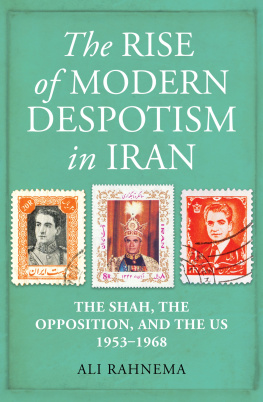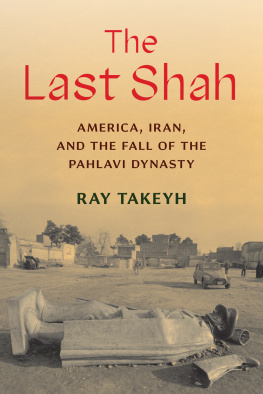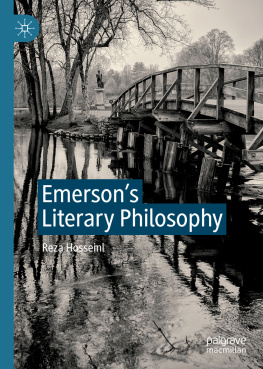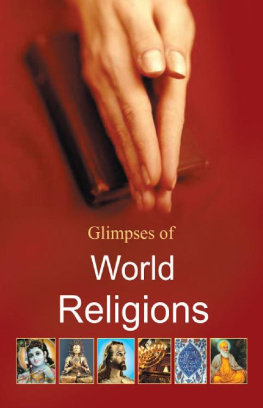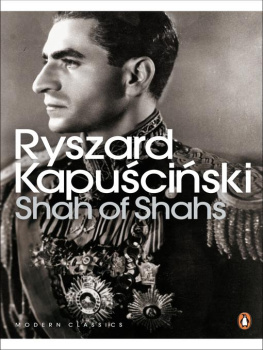Afkhami Gholam Reza - The Life and Times of the Shah
Here you can read online Afkhami Gholam Reza - The Life and Times of the Shah full text of the book (entire story) in english for free. Download pdf and epub, get meaning, cover and reviews about this ebook. City: Berkely;CA etc;Iran, year: 2009, publisher: University of California Press, genre: Art. Description of the work, (preface) as well as reviews are available. Best literature library LitArk.com created for fans of good reading and offers a wide selection of genres:
Romance novel
Science fiction
Adventure
Detective
Science
History
Home and family
Prose
Art
Politics
Computer
Non-fiction
Religion
Business
Children
Humor
Choose a favorite category and find really read worthwhile books. Enjoy immersion in the world of imagination, feel the emotions of the characters or learn something new for yourself, make an fascinating discovery.

- Book:The Life and Times of the Shah
- Author:
- Publisher:University of California Press
- Genre:
- Year:2009
- City:Berkely;CA etc;Iran
- Rating:3 / 5
- Favourites:Add to favourites
- Your mark:
- 60
- 1
- 2
- 3
- 4
- 5
The Life and Times of the Shah: summary, description and annotation
We offer to read an annotation, description, summary or preface (depends on what the author of the book "The Life and Times of the Shah" wrote himself). If you haven't found the necessary information about the book — write in the comments, we will try to find it.
The Life and Times of the Shah — read online for free the complete book (whole text) full work
Below is the text of the book, divided by pages. System saving the place of the last page read, allows you to conveniently read the book "The Life and Times of the Shah" online for free, without having to search again every time where you left off. Put a bookmark, and you can go to the page where you finished reading at any time.
Font size:
Interval:
Bookmark:
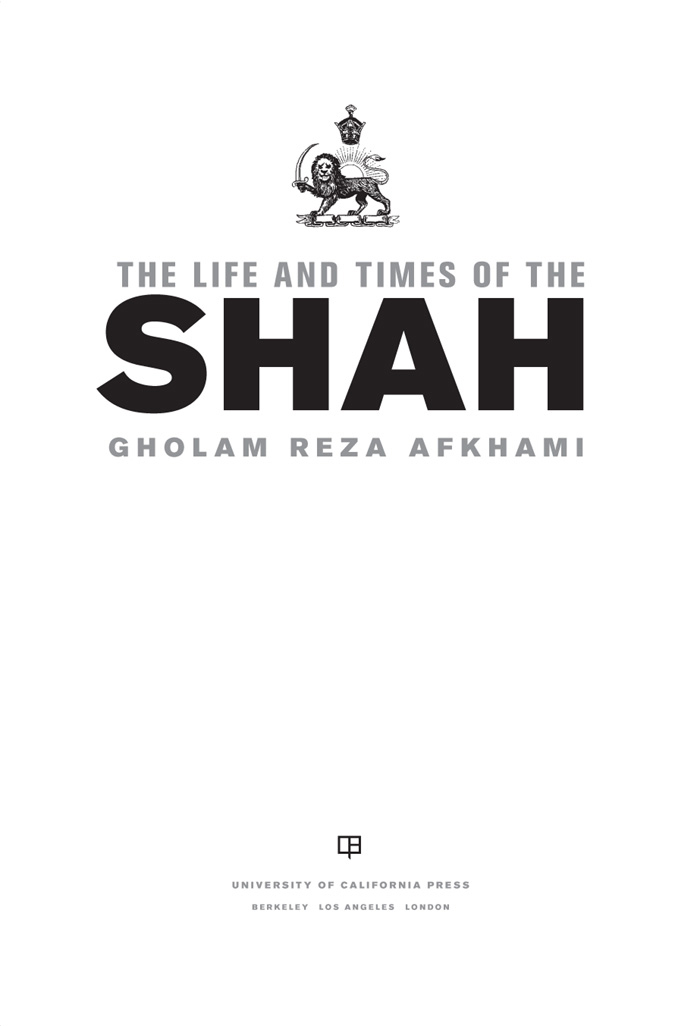


University of California Press, one of the most distinguished university presses in the United States, enriches lives around the world by advancing scholarship in the humanities, social sciences, and natural sciences. Its activities are supported by the UC Press Foundation and by philanthropic contributions from individuals and institutions. For more information, visit www.ucpress.edu
University of California Press
Berkeley and Los Angeles, California
University of California Press, Ltd.
London, England
2009 by The Regents of the University of California
Library of Congress Cataloging-in-Publication Data
Afkhami, Gholam R.
The life and times of the Shah / Gholam Reza Afkhami.
p. cm.
Includes bibliographical references and index.
ISBN : 978-0-520-25328-5 (cloth : alk. paper)
1. Mohammed Reza Pahlavi, Shah of Iran, 1919 1980.
2. Iran History Mohammed Reza Pahlavi, 1941 1979.
I. Title.
DS318.A653 2009
955.053092 dc22 2008015848
[B]
Manufactured in the United States of America
17 16 15 14 13 12 11 10 09
10 9 8 7 6 5 4 3 2 1
This book is printed on Natures Book, which contains 30% postconsumer waste and meets the minimum requirements of ANSI / NISO Z39.48-1992 ( R 1997) (Permanence of Paper).
They knew me as they were,
Not as I am
Rumi
The Iranian revolution of 1979 was a watershed in world history, although the events that followed did not flow in the direction many observers had expected. Most scholarly and political experts assumed that revolutions propelled history forward and so took the Iranian revolution as an instance of progressive change. None of them was inclined to examine the revolutions leadership, ideology, organization, strategy, or tactics. If the revolution seemed to be run by the devout in and around the mosques, this was assumed to be a needed catalyst. Over the preceding years, these experts argued, a hasty modernization policy had created a two-tiered society a veneer of modernity superimposed on a vast body of tradition. They said that the Ayatollah Khomeinis appeal was to the vast traditional majority, but that he was not after power; rather, being a saintly figure, he could be expected to yield power to the forces of democracy once tyranny was overthrown. No one suspected that a seemingly popular revolution might usher in a theocracy.
But that is exactly what it did. Khomeini forced a formulation of legitimacy at odds with both tradition and modernity a political and ideational dispensation in which Gods word became the peoples word, and he, the religious jurist, the arbiter of the word. He substituted faith for freedom and thereby sublimated warfare to jihad, soldiers to martyrs, and death to salvation. He redefined in Islamist terms human felicity, social progress, economic development, individual freedom, and popular sovereignty. In his person, power spoke to truth.
The new dispensation, however, hit hard at the human and material foundations of development that had been built in Iran over the previous fifty years. In the 1920s, Iran had been one of the worlds least-developed nations. By the mid-1970s it had become a showcase of development among the Third World countries, boasting one of the highest rates of economic growth and a superior record of social services. It had developed the critical mass of educated people needed for takeoff in science and technology. It was also making steady progress in fields ranging from womens rights and environmental protection to intercultural and cross-cultural communication to literacy and lifelong education, among others. As a result of these and other changes, the country was a braingainer in 1975, attracting educated workers to its growing economy, a situation then unprecedented in the Third World. The new Islamic regime disparaged and discredited every accomplishment of the Iranian society during the half-century of Pahlavi rule, dispersed the critical masses that had developed over the years, denounced the culture of development, and turned the brain gain into brain drain. War with Iraq which Irans diplomacy and military power under the shah had kept at bay quickly followed and devastated the country. Whereas during the fifteen years before the revolution Iranians per capita income had increased twelvefold, from $195 annually in 1963 to approximately $2,400 in 1978, it plunged thereafter and was still less than $2,400 in 2004, twenty-five years after the revolution.
Clearly, Iran would be very different today had the revolution not occurred. So would the rest of the Middle East. There would almost certainly have been no Iran-Iraq war; an untold number of Iranians, Iraqis, and others might not have died, become maimed, or suffered displacement and exile; and an untold amount of wealth, property, and infrastructure might not have been destroyed. It is possible that Islamism would have been contained, that clashes of civilizations would not have been conceived or carried out. The United States would not have been involved in wars in the Persian Gulf or found itself diminished as a beacon of hope for millions of people across the world. It is even possible that globalization might have taken a slightly kinder turn.
All this, of course, is mere speculation. What has been and what might have been, however, can alert us to our past mistakes, present options, and future possibilities.
Studying the life and times of the shah dispassionately helps us gain some understanding of how systems rise and fall, but only if we remember that while hindsight is 20/20 at predicting the past, it does not necessarily explain it. For most who have felt compelled to explain the Iranian revolution, the urge to fashion reality to suit their interpretation has been especially strong. The shah seemed extremely powerful, but his power was not as easily explicable as that of the other Third World leaders. To show how a Saddam Hussein or Hafiz al-Asad captured and maintained power is not difficult. They could and did kill people or order people killed. The shah was the opposite. Every person who knew him intimately wife, relative, friend, military and civilian official, foreign statesman attests to the essential mildness of his character, his aversion to violence, his hatred of bloodshed, his proclivity to turn from adversity rather than to face it. One could hardly imagine a popular revolution toppling a Saddam Hussein or Hafiz al-Asad. They would kill it before it blossomed. The shah would not kill. How, then, did a man of such mild traits achieve the power he commanded in a volatile country such as Iran? Conversely, how and why did the power that seemed so mightily present in his person implode, as it were, so easily and unexpectedly? Why would the shah, so experienced in the affairs of state, prove so fragile?
This book addresses these questions by placing the shah in context, that is, in interaction with the political, economic, social, and cultural dynamics of the country and the world in which he lived and worked. The narrative tries to make it possible for the reader to see the shahs world through the shahs eyes. It lets the shah speak his thoughts and express his judgments about what he did, why he did it, and how he felt about it. It lets his friends, enemies, officials, and other interlocutors, Iranian and non-Iranian, tell their experiences with him and express themselves about him. By placing the shah in interaction with his environment, the narrative encourages the reader to draw his or her conclusions about the shahs character, personality, and performance and to judge him, if judge one must, not in the stratosphere of ideals, but in the crucible of life.
Font size:
Interval:
Bookmark:
Similar books «The Life and Times of the Shah»
Look at similar books to The Life and Times of the Shah. We have selected literature similar in name and meaning in the hope of providing readers with more options to find new, interesting, not yet read works.
Discussion, reviews of the book The Life and Times of the Shah and just readers' own opinions. Leave your comments, write what you think about the work, its meaning or the main characters. Specify what exactly you liked and what you didn't like, and why you think so.


